Debunking Pillbug Control: Myths vs Facts & Customized Solutions
Pillbugs, often overlooked as insects, require specialized control. While DIY methods offer temporar…….
Introduction
Pillbugs, commonly known as rollie-pollies or woodlice, are isopod crustaceans found in diverse environments worldwide. Their control and treatment are not merely about managing their populations; it’s a multifaceted approach that encompasses ecological balance, property preservation, and even pest management strategies in agriculture. This comprehensive article will delve into the intricacies of pillbugs control and treatment, exploring its significance, global impact, economic considerations, technological advancements, policy implications, challenges, case studies, and future prospects. By the end of this exploration, readers will have a robust understanding of the topic and its relevance in various sectors.
Understanding Pillbugs Control and Treatment
Pillbugs control and treatment are integral to maintaining ecosystem health and protecting property from potential damage caused by these arthropods. The term encompasses a range of strategies, including biological, chemical, and cultural methods, aimed at reducing or managing pillbug populations where they become problematic. Understanding the core components of this field—such as identifying species, their habitat preferences, behavior, and life cycles—is crucial for effective control and treatment.
Historically, humans have used various methods to manage pillbug populations, from mechanical controls like traps and handpicking to chemical treatments like insecticides. Over time, these practices have evolved into more targeted and environmentally friendly approaches due to changing regulations, increased awareness of environmental impacts, and advancements in technology.
Global Impact and Trends
Pillbugs are a global concern, impacting agricultural yields, historical buildings, and natural ecosystems. Their presence can be both beneficial and detrimental, serving as an indicator of soil health and organic matter in gardens, yet also causing damage to structures and crops. The global impact of pillbugs control and treatment is influenced by factors such as climate change, urbanization, and changes in land use.
Key trends shaping the trajectory of pillbugs control and treatment include:
Different regions are affected by pillbugs in unique ways, with temperate and tropical climates experiencing higher populations and varying degrees of ecological and economic impact.
Economic Considerations
The economic aspects of pillbugs control and treatment are significant, influencing agricultural productivity, property maintenance costs, and the broader pest control industry. Market dynamics for pest management solutions are driven by the demand for sustainable practices, the emergence of new technologies, and regulatory changes.
Investment patterns in this field are directed towards research and development of non-chemical control methods, as well as biomonitoring tools to track pillbug populations. The role of pillbugs control and treatment within economic systems is multifaceted, affecting not only the direct costs associated with damage mitigation but also indirect benefits such as preserving historical sites or maintaining agricultural yields.
Technological Advancements
Technological advancements have significantly impacted the field of pillbugs control and treatment. Innovations range from biological control agents, such as natural predators or parasitic nematodes, to advanced monitoring tools that use image processing and machine learning to detect and quantify pillbug populations.
The future potential of these technologies includes:
These advancements not only improve the effectiveness of control and treatment but also contribute to our understanding of pillbugs’ role in ecosystems.
Policy and Regulation
Policies and regulations governing pillbugs control and treatment are critical in ensuring that management practices are both effective and environmentally sound. These frameworks often dictate what methods can be used, the substances allowed for chemical treatments, and the standards for biosecurity.
International bodies such as the International Organization for Standardization (ISO) and regional authorities like the Environmental Protection Agency (EPA) in the United States set guidelines that influence how pillbugs are controlled and treated globally. These policies play a pivotal role in shaping the industry by promoting sustainable practices and protecting public health and the environment.
Challenges and Criticisms
The field of pillbugs control and treatment faces several challenges, including resistance to chemical treatments, the need for more selective control methods that minimize collateral damage to non-target species, and the integration of cultural practices into management plans.
Criticisms often arise from environmentalists concerned about the ecological impact of control measures and from farmers who seek effective solutions without compromising productivity. To overcome these issues, a multi-pronged approach is required that includes research into alternative control methods, public education on the importance of pillbugs in ecosystems, and collaboration among stakeholders.
Case Study: Pillbugs in Agriculture
In agriculture, pillbugs can be both friends and foes. While they aid in soil aeration and decomposition, their feeding habits can also lead to significant crop loss. A case study might explore the impact of pillbugs on a specific crop, the economic implications of their presence, and the various strategies employed to manage their populations effectively while preserving the broader ecosystem.
For instance, a farm might implement an IPM strategy that includes monitoring for early detection, using biological control agents like entomopathogenic fungi, and encouraging beneficial predators to reduce the need for chemical interventions. This holistic approach not only addresses the immediate concern but also contributes to long-term sustainability.
Conclusion
Pillbugs control and treatment is a multifaceted field that encompasses ecological considerations, economic impacts, and technological advancements. Through careful policy implementation, innovative research, and sustainable management practices, the challenges associated with pillbug populations can be effectively managed while preserving ecosystem health and minimizing economic losses. As we continue to learn more about these creatures, our approaches will evolve, ensuring that both the environment and human interests are protected for generations to come.

Pillbugs, often overlooked as insects, require specialized control. While DIY methods offer temporar…….
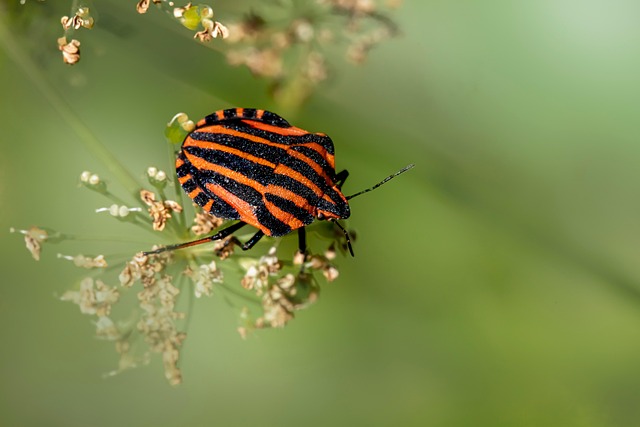
Pillbugs exhibit seasonal activity peaks in spring and summer, making early spring ideal for prevent…….
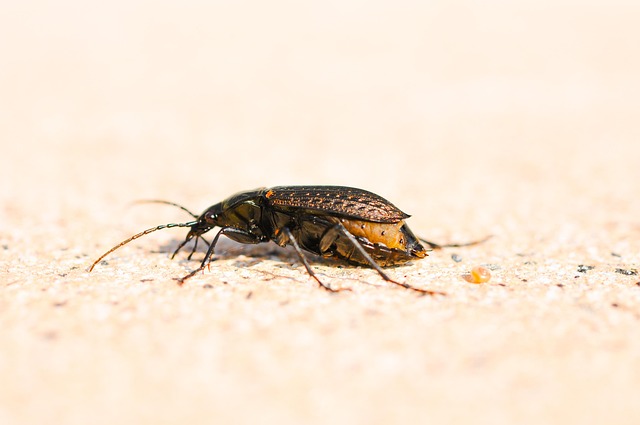
Pillbug infestations require prompt action. Visually inspect dark, moist areas for bugs, eggs, or sh…….
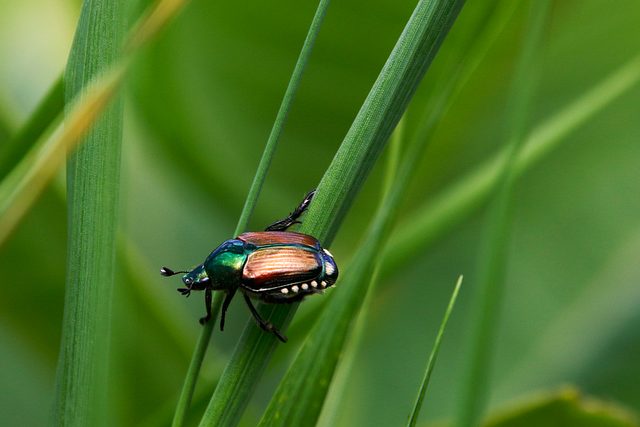
Pillbugs, resilient moisture-loving creatures, infiltrate homes and businesses. Professional pest co…….
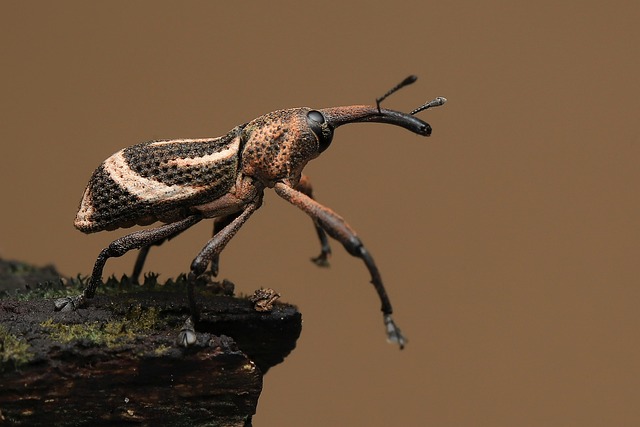
Pillbugs, preferring moist organic environments, can cause lawn and garden damage. Professional serv…….
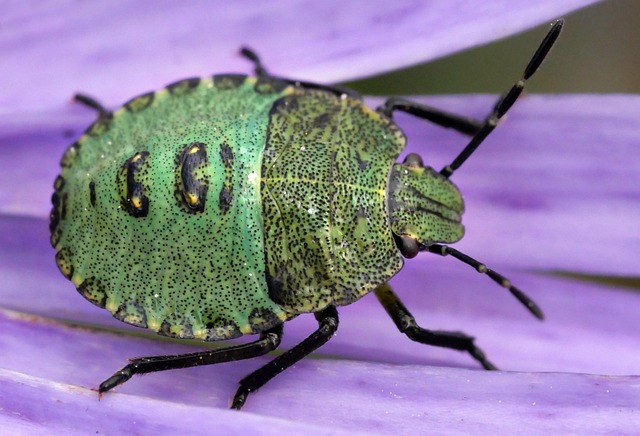
Pillbugs, common in humid environments, cause damage to fabrics. Professional pillbug control servic…….
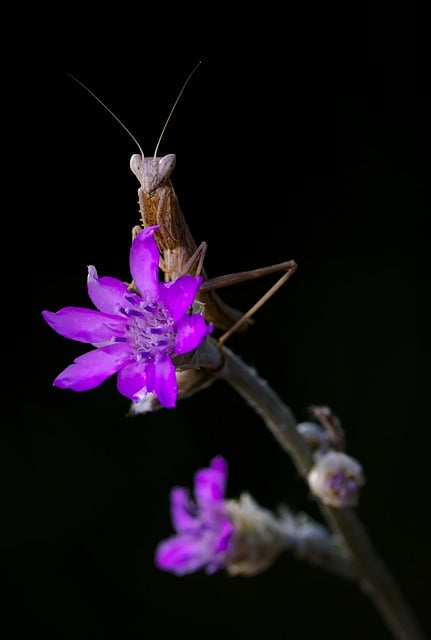
Pillbugs, drawn to dampness and organic matter, thrive in humid environments. Professional control s…….
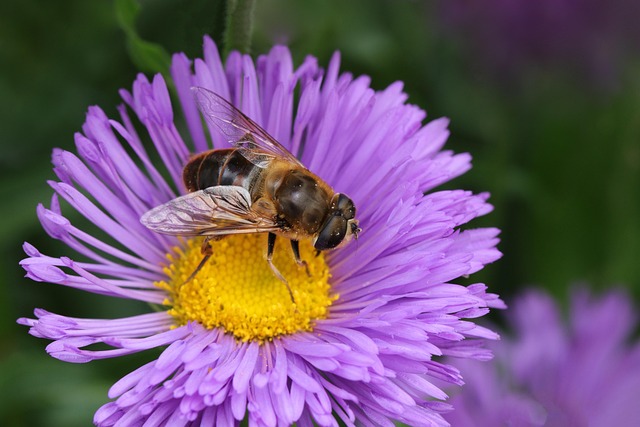
Pillbugs (Armadillium vulgare) are resilient garden pests that thrive in moist, shady areas and can…….
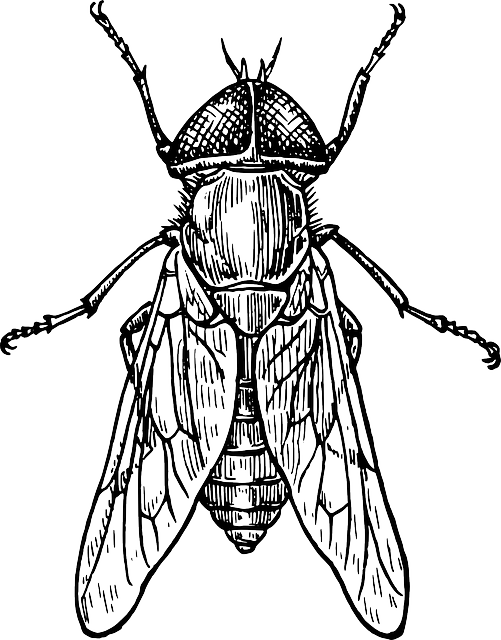
Pillbugs, or mealworms, are nocturnal insects that thrive in damp environments and can quickly becom…….
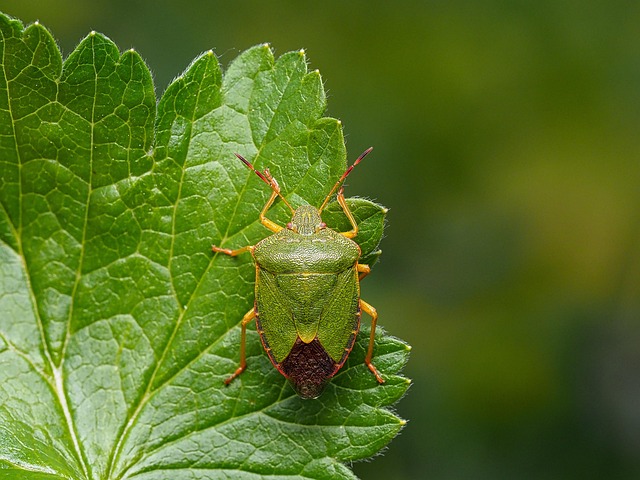
Pillbugs, attracted to damp environments, can cause damage with their feeding. Professional services…….